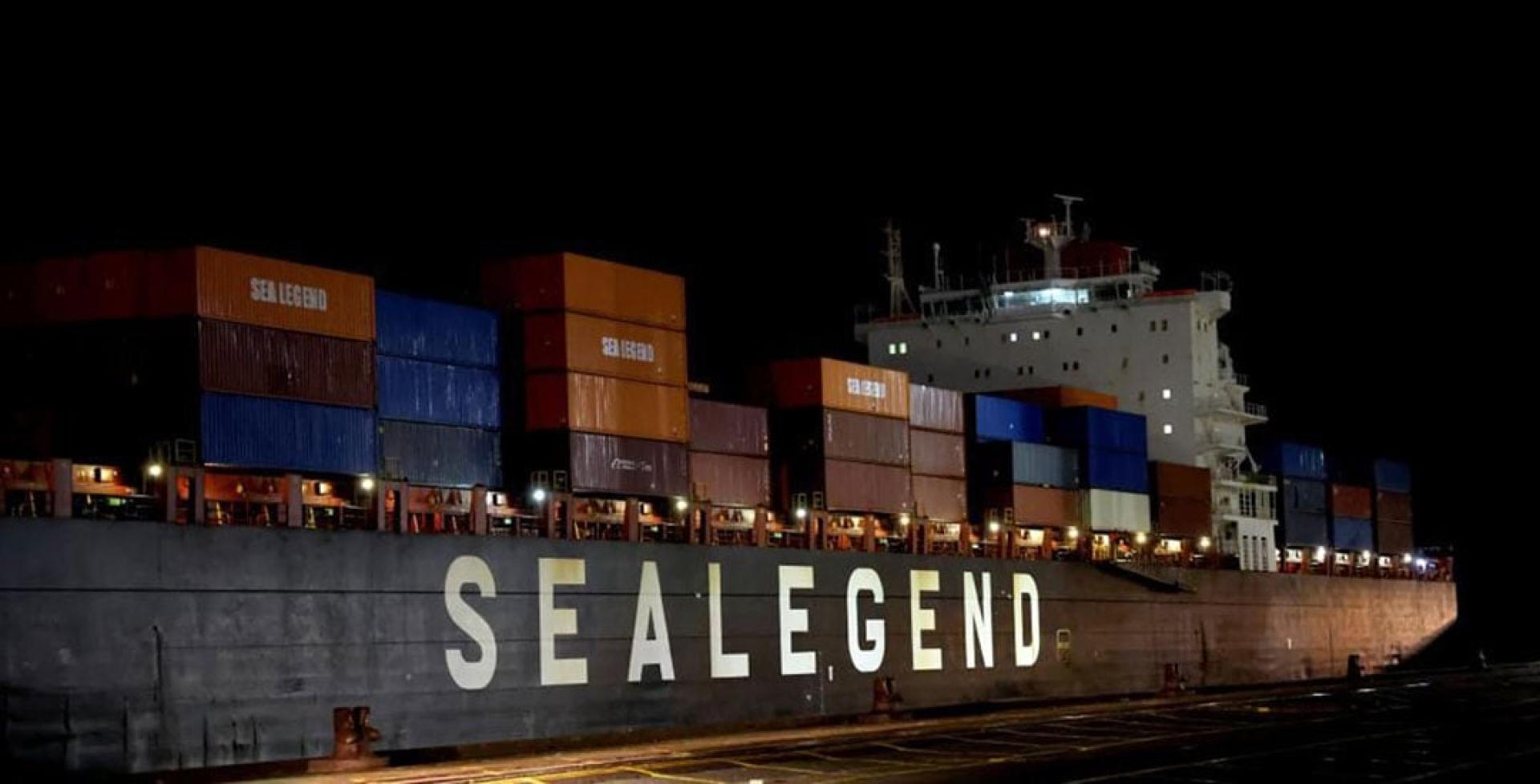According to Chinese official media reports, the container ship Istanbul Bridge, which set sail from Ningbo Zhoushan Port on September 23 and navigated via the Arctic route, arrived at the Port of Felixstowe in the UK on the evening of the 13th local time. The journey took 20 days, shorter than the roughly 40 days required via the Suez Canal route. The report states that this symbolizes the inauguration of the 'China-Europe Arctic Express Container Route,' embodying the 'Ice Silk Road.'
According to summaries from Xinhua News Agency and CCTV, the Istanbul Bridge container ship was fully loaded with approximately 4,000 standard containers, carrying goods worth about 1.4 billion RMB (829 million ringgit), including apparel, energy storage cabinets, power batteries, and other cargo. After arriving at the Port of Felixstowe, the vessel will also sail to ports in Germany, Poland, and the Netherlands to unload containers.
The report notes that the 'China-Europe Arctic Container Express Route' connects China’s Ningbo, Shanghai, Qingdao, and Dalian with major European ports such as Felixstowe in the UK, Rotterdam in the Netherlands, Hamburg in Germany, and Gdansk in Poland. It is touted as the fastest sea freight route linking China and the main European ports.
According to the report, this Arctic route enters the Northeast Passage of the Arctic via the Bering Strait directly to Europe, greatly shortening shipping time. The voyage not only takes less time than the roughly 50 days via the Cape of Good Hope route and 40 days via the Suez Canal, but is even quicker than the 'China-Europe Railway Express,' which takes about 25 days.
Currently, Howard Li, Chief Operating Officer of HAIJIE Shipping (Hong Kong) Co., Ltd., which operates this route, stated that the seawater temperature along the 'China-Europe Arctic Express Route' suits the transport of heat-sensitive and highly time-sensitive goods. In this voyage, the Istanbul Bridge was mainly transporting new energy vehicles, lithium batteries, optoelectronic products, and other so-called 'three new' Chinese exports.
The report points out that as one of the core corridors of the 'Ice Silk Road,' HAIJIE Shipping plans to deploy more ice-strengthened vessels by 2026, preliminarily achieving a fixed summer navigation schedule for the route.
